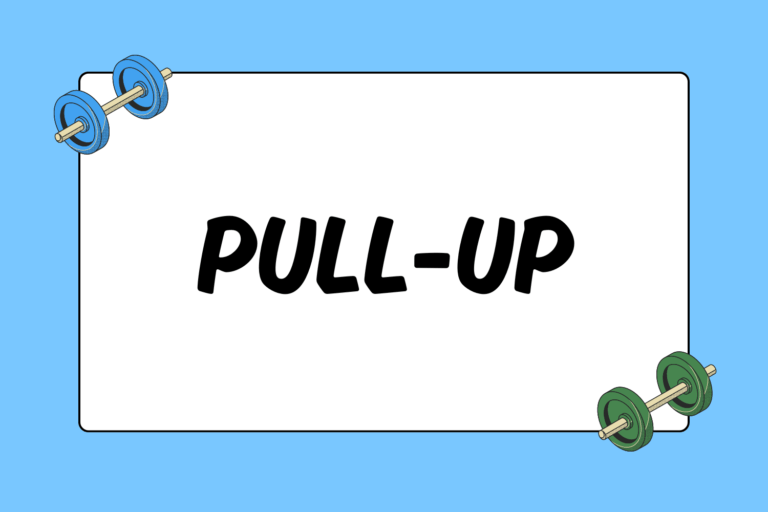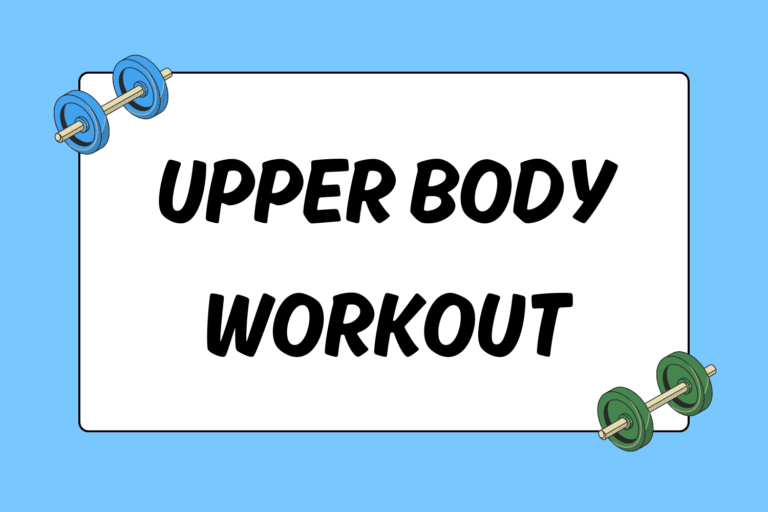Whether you are just getting started or changing up your workout routine, you need to validate the effectiveness of a program. Instead of just working out, make sure you are training toward a goal. Success in life requires a clear vision of what you want and a plan to get there, and this translates to your fitness goals. It’s vital to have a plan and process for measuring your success.
Not all workouts are created equal. Everything in fitness has its place but certain activities, movements, and workouts are better suited for particular goals. It’s unrealistic to follow a generalized workout and expect to get the same results as the person who designed or instructed it. Your workout has to be about you — your fitness level, goals, health history, workout availability, and lifestyle.
Hot Tip: Results May Vary
Most videos or workout plans prepare you with this disclaimer: “Individual results may vary.” This doesn’t mean you should give up if you don’t look like the fit exercise instructor after a few weeks. Modify the plan according to your needs and set up indicators within your plan to assess your progress. Remember that results do take time, and as long as you’re monitoring your success, you will stay on track.
Exercise Basics
With so much conflicting advice out there, it’s easy to be confused about which exercises or workouts are “best.” Before you worry about what you want to incorporate into your routine, familiarize yourself with some basic concepts:
- Exercise is a part of a healthy lifestyle, and at least 30 minutes of activity every day is recommended for general health.
- Cardiovascular exercise improves heart and lung function.
- Strength training increases bone density and strengthen muscles, tendons, and ligaments.
- Flexibility training improves joint range of motion.
- All exercise burns calories, but the amount varies on intensity and duration.
- Increased muscle mass burns more calories at rest.
- Once your body has adapted to a specific exercise or mode of exercise, it requires less energy to perform. Unless you change some variable, the effectiveness of the exercise will decrease.
The last point is especially important when it comes to results. Your body is very adaptable, which means you must assess and then constantly re-assess in order to challenge yourself and see results.
Getting Your Program Started
Start by giving yourself an assessment, similar to how a personal trainer collects information to put together a workout plan. On on piece of paper (or word processor), write your name and the date. Then answer the following questions in this order:
- When was the last time you exercised consistently — at least twice a week — for three months? (If never, then move on to question five)
- What types of activities did you perform during that time?
- What were your results?
- Were you happy with your results?
- What are your fitness goals? (If you need help narrowing this down, think about how you want to look, feel, and/or move)
- How many times per week can you commit to an exercise program?
Review Your Answers
Next, analyze these answers to develop a starting point. Start with question six; is the answer realistic? Did you consider travel, kids, spouse, job, school, social life, and your overall desire to exercise? For body composition changes (increased muscle, fat loss, or overall tone), aim for 2 to 6 days per week. Any physical change necessitates at least two days a week; once per week workouts are designed for maintenance. Working out seven days is admirable, but could lead to overtraining. So if you insist on seven, then make sure one day is more of an active rest.
Remember consistency is the name of the game when it comes to results. Review that number again. Can you consistently exercise that many times per week? Design your workout program based on your minimum commitment so you have a consistent way to measure progress. If you end up doing more, consider it extra credit! Too many people think more is better, and when they can’t keep up with ambitious commitments, they have negative self-talk and give up.
Use Past Experience
If you were successful in the past, what were you doing differently? Were you simply moving more? Did you stick to a routine? Were there aspects of your previous program that worked? On the other end of the spectrum, if you weren’t happy with previous results, then you know that you need to make a change. Use your past experience as a benchmark and modify your plan to fit your new commitment. Don’t worry if you can’t recreate the exact intensity or frequency. For example, if you were fit because you were a collegiate athlete working out for three hours a day, it doesn’t mean you have to try to replicate that. Focus more on the types of activities you were involved in, and the effects those had on your body. Understand the types or modes of exercise that gave you good results, and then scale them down appropriately to fit your current lifestyle.
Design Your Program
In order to assess progress, you have to create a plan (otherwise known as a program). Your program should be specific to your goal, the number of days you can commit to exercise, and your fitness level. You want to make informed decisions, so draw on past experience and talk to a certified personal trainer or fitness expert.
Designing an effective exercise program is an art form, and a constant process of trial and error. In order to know if your program is working, you have to give it time. What most people overlook is that adaptation has to occur before you make the change. If you are changing things constantly, there is no way to measure the program’s effectiveness. This is why you must have indicators to help you determine what needs to change.
By tracking your workout variables, you will be able to modify your workouts every 4 to 8 weeks to build momentum toward your goal. Here are the variables you should track:
- Exercise selection
- Exercise order
- Volume of work
- Intensity
- Mode of exercise (strength, cardio, flexibility, or a combination)
- Duration
Establish Indicators
An indicator allows you to measure progress within your program. It can be helpful to have multiple indicators because certain changes may occur before others. By using different measurements that are linked to a common goal, you validate progress and stay motivated. These are the common indicators:
- Weight
- Body fat percentage
- Girth measurements
- Flexibility tests
- Strength tests
- Endurance tests
- Performance in competition, sport, or general workouts
Which indicators you use depends on your goal. Think about what changes you want to make and how you should measure that. Your program design will address the “how to” and your indicators measure your results. Tracking the details of your workouts help you see the big picture so adjustments are easier to make.
For example, if you want to lose 10 pounds and two dress sizes, you need to track your workouts, your weight, and your girth measurements. Let’s say that you are using mostly strength training to accomplish your goal, and as a result, an increase in muscle mass has replaced fat mass. Your weight will not change, but since muscle is a dense tissue (taking up less room on your body), you will now fit into smaller clothes.
In the above example, if weight was your sole indicator, then the program would prove ineffective. However, this gives you the opportunity to evaluate the degree of effectiveness. Often the value of multiple indicators helps you redefine how you perceive success. Maybe losing the dress sizes satisfied you, or perhaps you want to incorporate a strength indicator after having experienced strength increase. Either way, indicators help you assess what parts of your program are working.
Consider Additional Factors
Depending on your goals, you may need to evaluate other areas of your life to determine the impact they have on your results. Some characteristics are pre-determined by genetics, so do your best to accept what you can’t change and focus your efforts on what you can control.
Nonetheless, diet, sleep, and stress levels will all have a huge impact when it comes to body composition changes. Remember that exercise is a stress on the body, so the answer may not be to increase the amount or intensity. Rather, evaluate your nutrition and recovery strategies.
Start Moving
Now that you have your plan and know your indicators, it’s time to start moving. No one said getting results was easy, but using a program makes it easier to narrow your focus. If you hit bumps in the road, then seek professional guidance. Remember the only stupid questions are the ones you don’t ask. Personal trainers make their living evaluating and designing workout programs, and sometimes getting an outside perspective is exactly what you need to rebuild fitness momentum.





